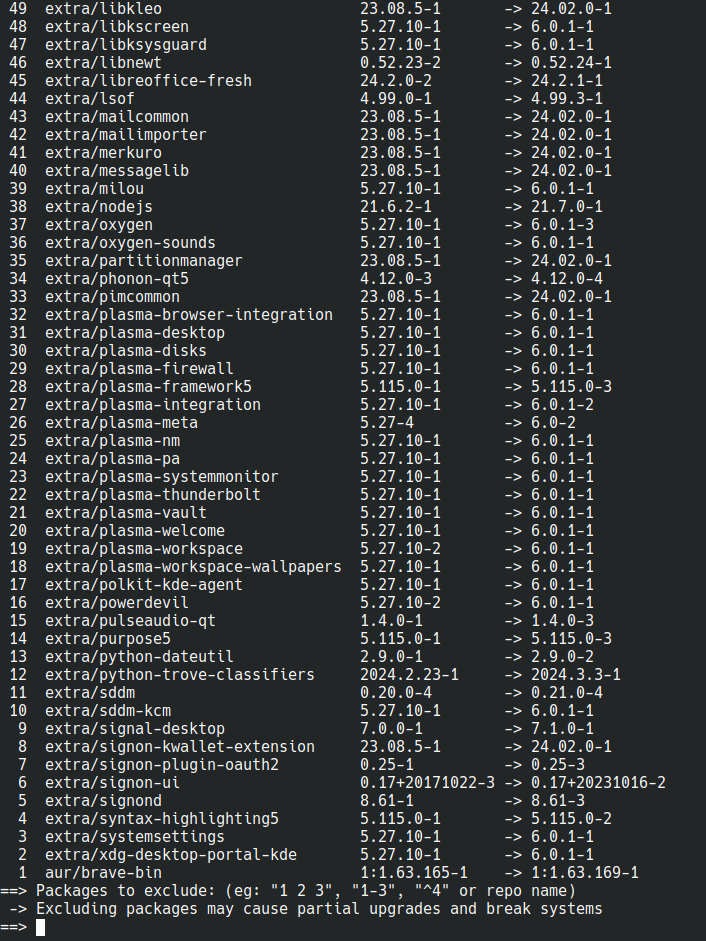this post was submitted on 07 Mar 2024
506 points (95.8% liked)
Linux
56988 readers
831 users here now
From Wikipedia, the free encyclopedia
Linux is a family of open source Unix-like operating systems based on the Linux kernel, an operating system kernel first released on September 17, 1991 by Linus Torvalds. Linux is typically packaged in a Linux distribution (or distro for short).
Distributions include the Linux kernel and supporting system software and libraries, many of which are provided by the GNU Project. Many Linux distributions use the word "Linux" in their name, but the Free Software Foundation uses the name GNU/Linux to emphasize the importance of GNU software, causing some controversy.
Rules
- Posts must be relevant to operating systems running the Linux kernel. GNU/Linux or otherwise.
- No misinformation
- No NSFW content
- No hate speech, bigotry, etc
Related Communities
Community icon by Alpár-Etele Méder, licensed under CC BY 3.0
founded 6 years ago
MODERATORS
you are viewing a single comment's thread
view the rest of the comments
view the rest of the comments

Like others have already noted, KDE Plasma^[1]^ is widely available and thus not only limited to Arch Linux. Heck, the same applies to 99% of the available software on Linux; universal package managers^[2]^ have been vital to this.
As you already own a Steam Deck, I assume you want to look into how you may improve your mileage out of it. Others have already noted how you may do so for more traditional systems. But the way Linux is utilized on the Steam Deck is rather unique. It utilizes immutability^[3]^ (i.e. the inability to make certain (permanent) changes) which makes it rather harsh to change certain parts of the system; SteamOS' implementation might even require you to redo some of these changes every so often... which is probably not what you were expecting. To circumvent this, perhaps it's worth exploring other SteamOS-like distributions that are more friendly towards tinkerers. There are many to choose from; perhaps this breakdown may help you with making an informed decision (even if it's found on a page dedicated to the Legion Go).